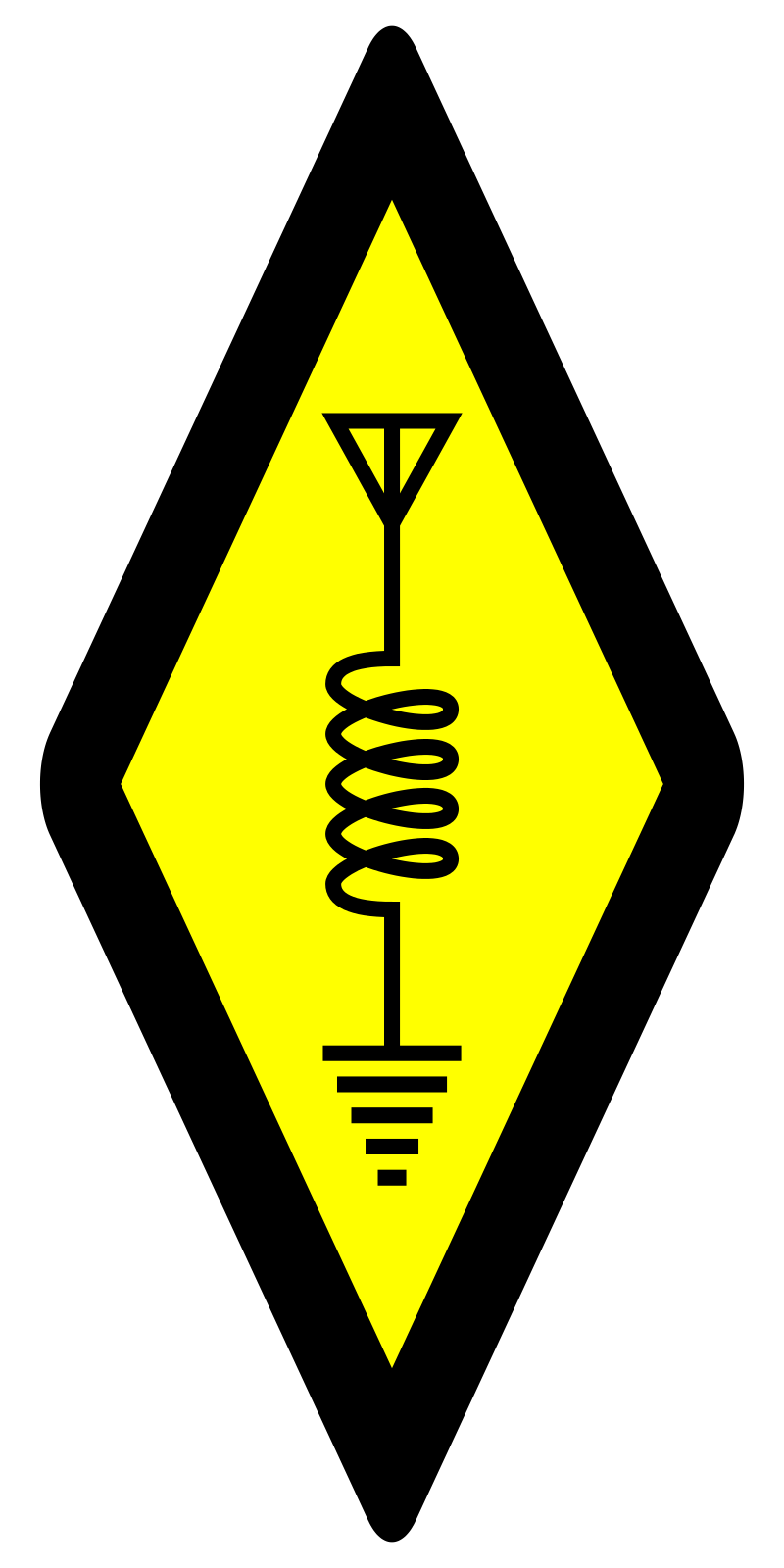

My area is pretty good, but I went to a hamfest a few towns over and heard some awful stuff being spoken like the most casual thing in the world.
On mastodon, I see people organizing a few leftist nets out there. Might be worth checking for d-star or fusion nets that would let you dial in over internet.




















I recommend that if you go with a home carbonation system, that you look for one you hack your own CO2 refills for.
Some people buy a CO2 tank and regulator, then hook it straight up to their machine. I have a large CO2 tank in the basement with an adapter to refill the individual proprietary canisters. I got the tank free from a friend, and then paid 30 USD to have it certified (good for 10 years) and 30 USD to have it recharged with beverege-grade CO2. Buying an adapter was 40 USD
My large tank holds ~5kg of CO2, and it costs about 17 USD to officially refill one of the small canisters with 500g of CO2. Thus, even if I didn’t get the tank for free (new ones cost ~120 USD), the large tank would still pay for itself after filling it one time.